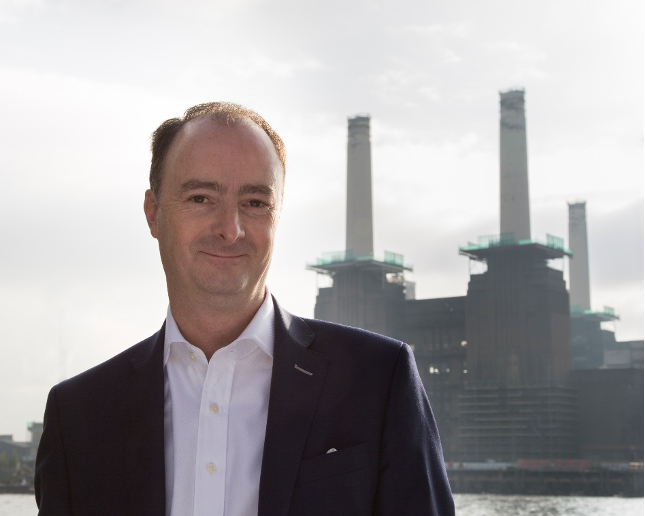Good At Home But Bad At Work
A new report from SaveMoneyCutCarbon shows that whilst half of the nation prioritise sustainability in their homes, they ignore their environmental...
Read Full Article
As Duraflex looks set to close its doors, Mark Sait, CEO of SaveMoneyCutCarbon writes that energy debt bankruptcies are set to hit the highest numbers this year.
I expect energy suppliers to file a record number of winding-up petitions as there are more and more business customers unable to afford soaring energy costs. We have already seen the owners of Duraflex, one of the UK’s largest window profile extruders, declare that the company is no longer financially viable whilst citing rising energy costs as one of the factors in its demise.
N.B. There is no indication that Duraflex has not paid its energy bills.
Small and large at risk
Over the past decade, there have been 400 attempts by suppliers to shut down businesses to reclaim their energy debts, with a staggering 30 attempts in the first four months of this year.
Exacerbating the situation further, over 90,000 small businesses are at risk of closure after signing up to fixed term contracts in the second half of last year, when rates reached their peak.
Be sustainable and save money
My company, SaveMoneyCutCarbon (SMCC) (which helps companies and individuals actually save money by using sustainable products, services or technologies), has launched a six-point plan to encourage leaders to make behavioural changes in the workplace in order to lower their carbon footprint while simultaneously cutting overhead costs.
No net zero
Now with limited government support available, growing numbers of businesses are said to be behind in their journey to net zero. Research from Accenture found that 93% of businesses that signed up to net zero targets will not reach their goals if they do not double the pace of their emission reduction by 2030.
87% of British SMEs are unaware of their carbon impact, SMCC helps customers to implement the correct green infrastructure to ensure that their entire business model reflects their goals from end to end. This comes as research shows that 14% of the public say they no longer purchase from brands that claim to be sustainable because of greenwashing.
To combat the rapidly growing trend of greenwashing, SMCC shares its six steps to employ sustainable practice from the physical work environment down to employee behaviour, starting with a free 30-minute carbon mentor call offering expert guidance on where to start, what ROI to expect, how to manage budgets and what could be achieved through green initiatives:
Carbon mentor call – A business will be assigned a dedicated carbon mentor to understand the situation within a business and its decarbonisation ambitions.
Baseline report from the call – SMCC's platform creates an easy-to-understand Scope 1, Scope 2 baseline carbon footprint and guidance on Scope 3 and Scope 4 (staff carbon literacy).
Built environment audit – SMCC’s team then audit the building(s) to identify the money, energy, water and carbon savings available.
Project financing – The creation of investment-grade proposals and tailored finance.
Project delivery – The design, supply and installation of proven products and solutions.
Staff engagement – SMCC’s EcoWise App and program provides measured and rewarded learning improving carbon literacy.
The Importance of scope four, although not formally recognised, employee carbon literacy is a key tenet of a business' ambition to reduce its carbon footprint. In light of this, SMCC has launched a 12-month programme called EcoWise, aimed at encouraging staff to learn, employ practical changes in their home and workplace and reap rewards all the while providing quantifiable data for firms to report on their ESG strategies.
Picture: Mark Sait, CEO of SaveMoneyCutCarbon.
Article written by John Roper
17th July 2023